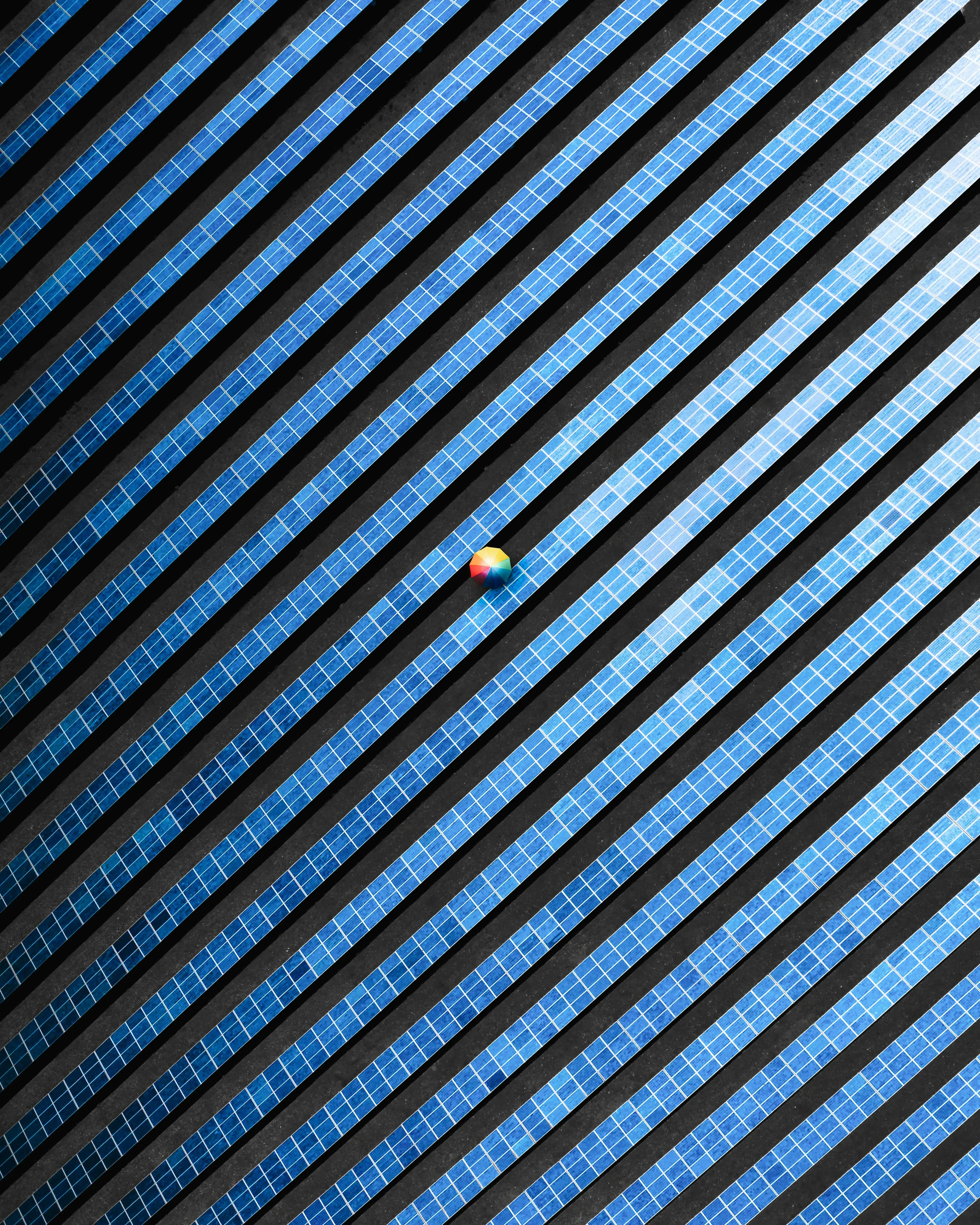Solar Power’s New Record: Korean Scientists Smash Efficiency Limits With Tandem Cells

Solar energy has long been hailed as the future of clean power, but harnessing it more efficiently and cost-effectively remains a global challenge. Now, an innovative collaboration between two South Korean research teams has pushed the boundaries of solar technology, setting a new world record for energy conversion.
Led by Professor Jin Young Kim of Seoul National University and Dr. Jeung Hyeon Jeong at Korea Institute of Science and Technology’s (KIST) Advanced Photovoltaics Research Center, the teams have developed a cutting-edge perovskite/CIGS tandem solar cell that minimizes energy loss, reaching an unprecedented power conversion efficiency of 26.3%.
This achievement marks a major leap forward for solar cells, combining two complementary materials to absorb sunlight more effectively than traditional single-junction cells. Perovskite, a relatively new and inexpensive material, excels at harvesting high-energy photons, while Copper Indium Gallium Selenide (CIGS) is a well-established thin-film semiconductor ideal for capturing lower-energy light.
The tandem approach stacks these materials, allowing the cell to utilize a broader spectrum of sunlight and reduce wasted energy. However, designing such cells to minimize losses at the interface and within layers has been a persistent technical hurdle, until now.
“Our technology significantly reduces recombination losses and energy dissipation, unlocking new efficiency levels in tandem solar cells,” explains Professor Kim. “This brings us closer to making solar power cheaper and more accessible globally.”
Why does this matter? Higher efficiency means that solar panels can generate more electricity from the same surface area, making them more practical for rooftops, urban environments, and large-scale solar farms alike. This could accelerate the shift away from fossil fuels and reduce greenhouse gas emissions.
South Korea’s breakthrough not only sets a new world record but also points the way toward scalable, sustainable solar energy solutions that meet the growing global demand for clean power.
The research teams are now focused on optimizing the durability and stability of their cells to ensure long-term performance under real-world conditions, a key step toward commercializing the technology.
As the world races to combat climate change, innovations like this offer hope that clean, affordable energy could soon be within everyone’s reach. With tandem solar cells now breaking efficiency barriers, the future of renewable energy looks brighter than ever.